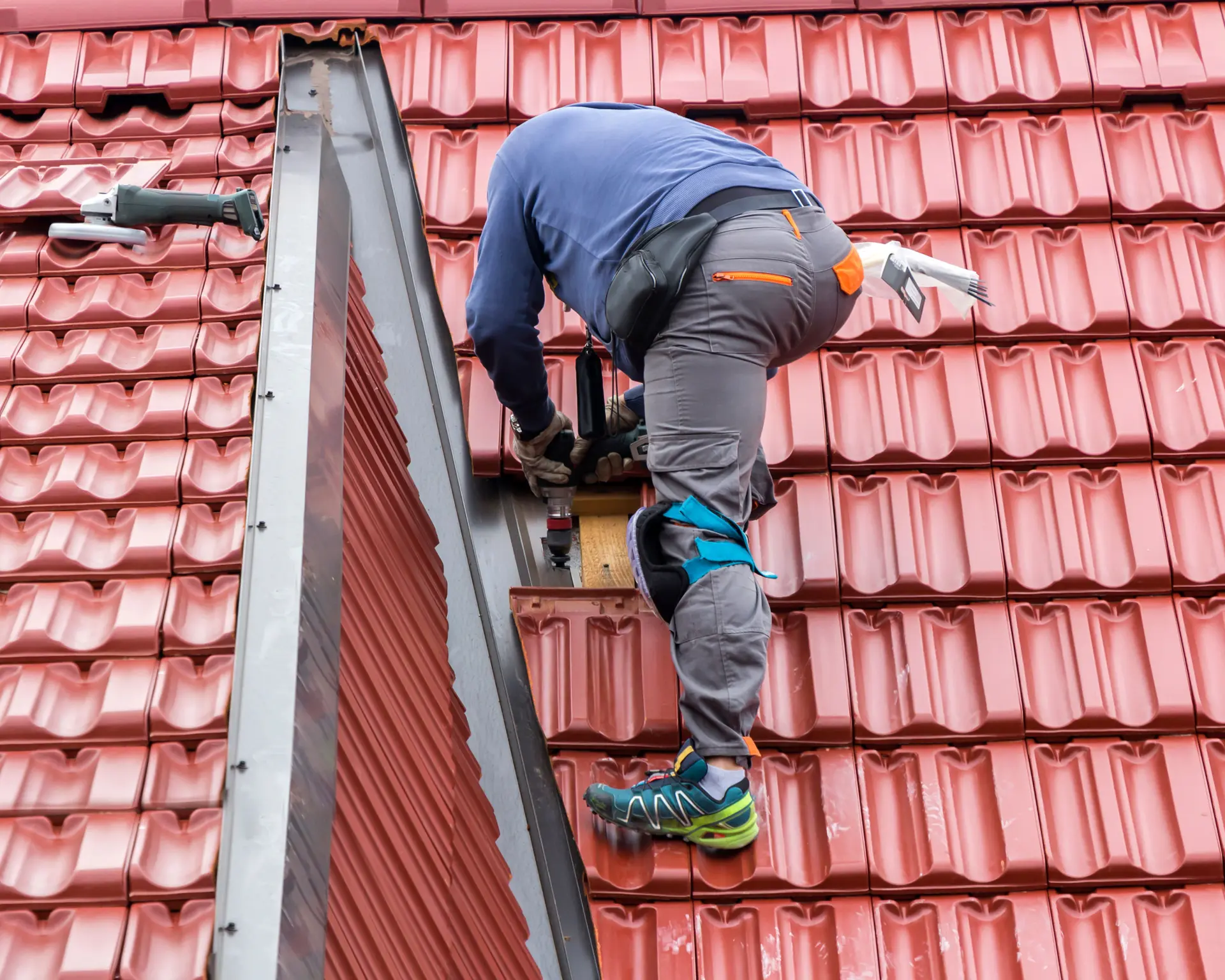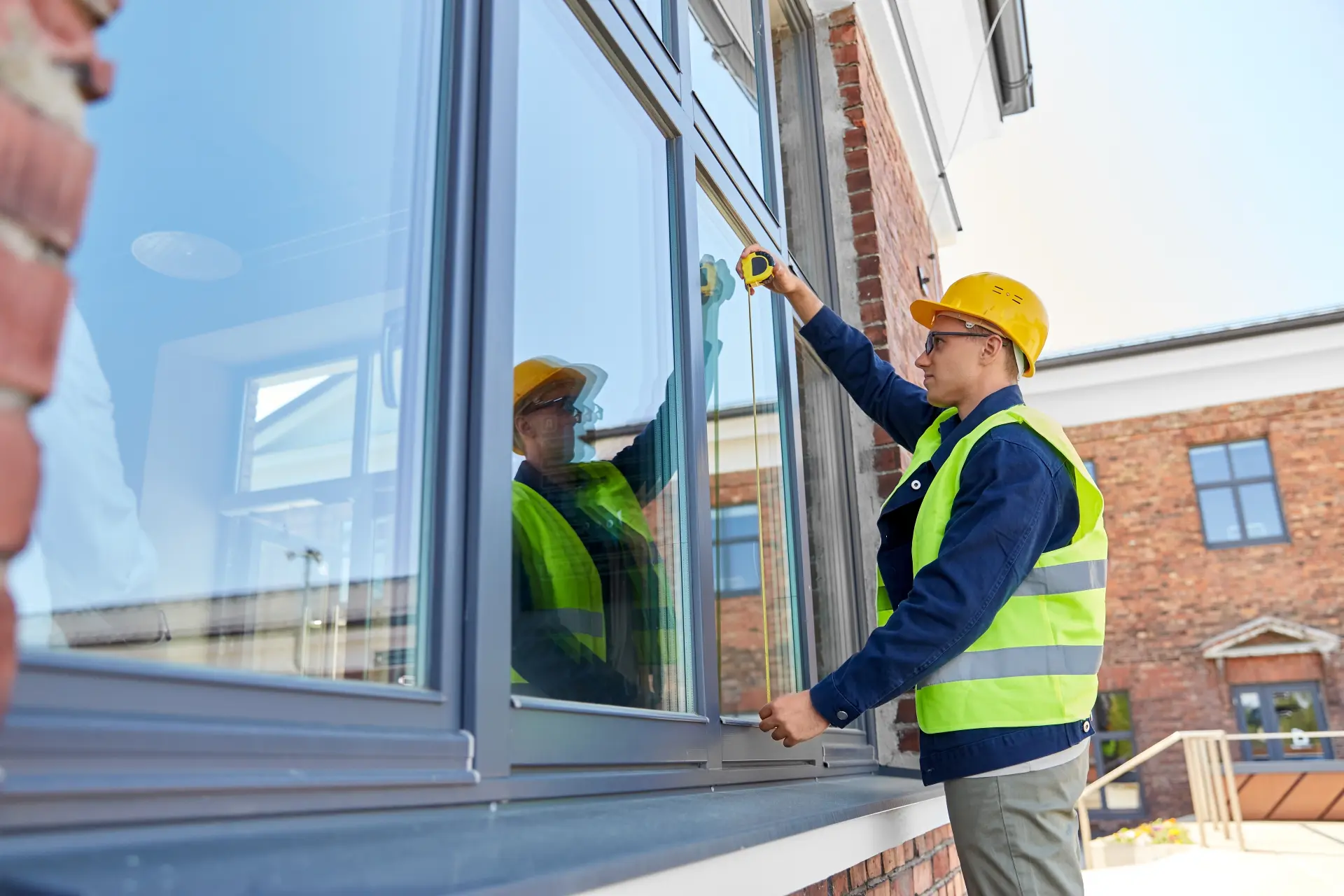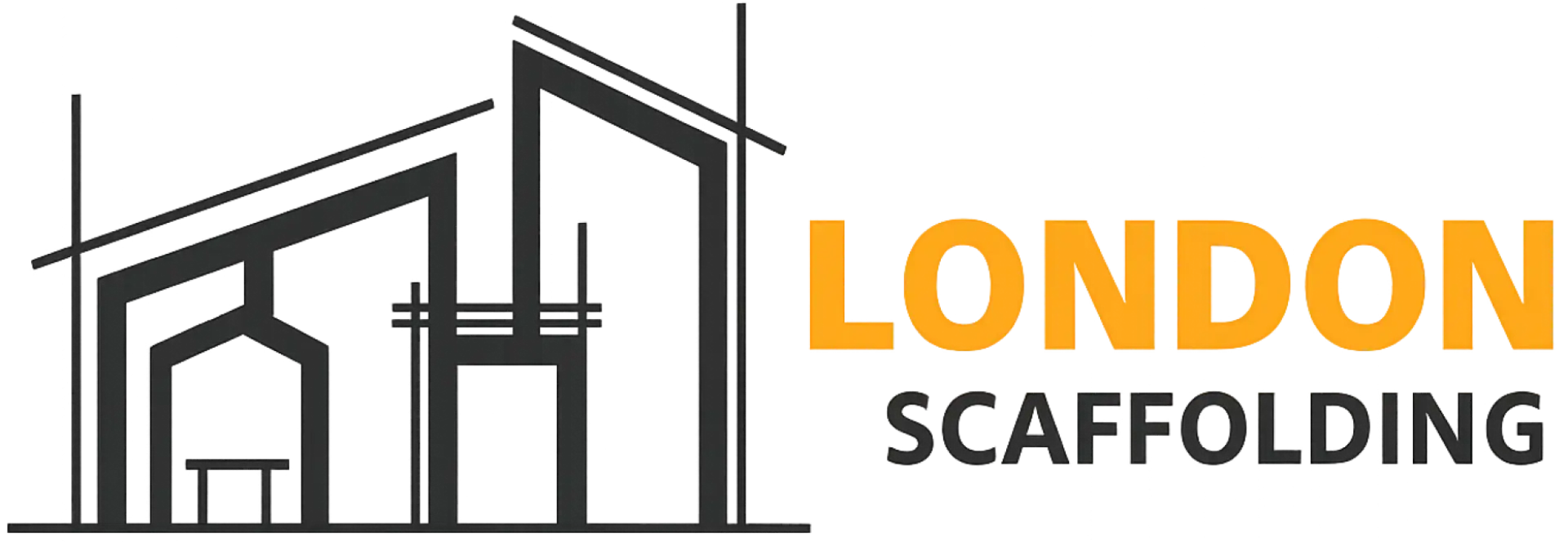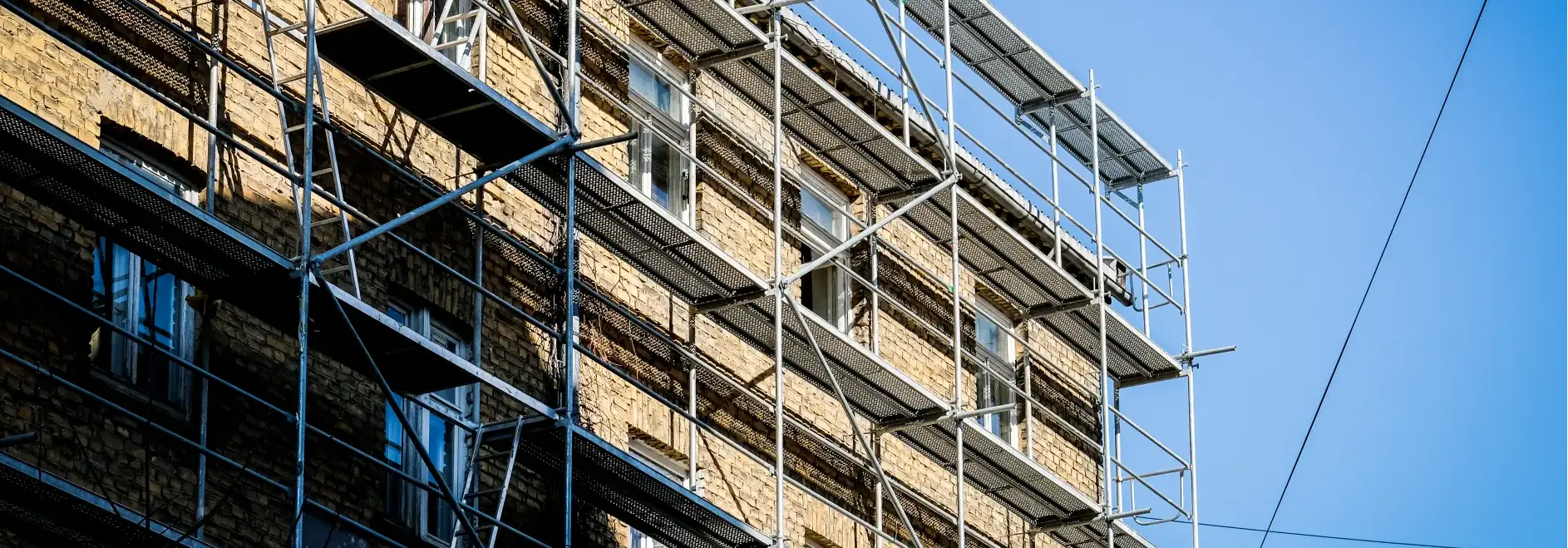When is scaffolding needed for your home? Discover how scaffolding ensures safety and efficiency for roof repairs, chimney work, installations, and more across the UK.
Roof repairs and scaffolding use
When repairing a household roof, safety and stability must always come first in the process. Scaffolding is often one of the safest options for this scale of work because it provides a secure and level platform for workers, tools, and materials. Unlike ladders, scaffolding allows workers to move freely along the roofline and carry out repairs without the constant need to reposition equipment.
Scaffolding is especially important for any large-scale roof repairs you may wish to take on, such as replacing tiles, fixing structural damage, or repairing chimney stacks. These jobs usually involve working at height for long periods and handling heavy or awkward materials. A stable scaffold system reduces the risk of falls and makes the work more efficient.
Even for smaller roof repairs, scaffolding may still be necessary if the area is difficult to access or if the work is above a certain height. It also helps to keep tools organised and prevents them from falling, which makes the area safer for anyone passing below.
By using scaffolding for roof repairs, you are not only protecting the people doing the work but also ensuring the job can be completed to a high standard without unnecessary risk.
Chimney work and access needs
Chimney repairs and maintenance often require safe, stable access to areas that are high up and sometimes hard to reach. Scaffolding is usually the most practical solution because it offers a much more solid platform for workers to stand on while carrying out tasks such as repointing brickwork, replacing chimney pots, or repairing flashing.

Unlike ladders, scaffolding allows for safer movement and the use of both hands, which is especially important when handling tools and materials at height. It also gives workers access to reach all sides of the chimney without needing to keep moving equipment, which saves time and reduces the risk of accidents.
Many chimneys are located at the highest point of a home or property, and in some cases above steep or fragile roof areas. This makes stable access even more important.
A scaffold system can be set up to reach these points securely, helping ensure that all work is completed safely and effectively.
Using scaffolding for chimney projects not only improves safety but also allows for more accurate and thorough repairs, reducing the likelihood of further problems for your home in the future.
Painting or rendering high walls
When painting or rendering high walls, erecting quality scaffolding is often the best way to work. It allows you or your workers a steady platform to reach every part of the wall without over-stretching or balancing on ladders, which can be risky at height.
Scaffolding also makes it easier to move along the wall while carrying heavy or multiple tools, paint, or rendering materials. This means the job can be done more quickly and with greater accuracy, as workers have both hands free and can keep their equipment close by.
For rendering in particular, scaffolding helps ensure an even and consistent finish. Workers can then apply the chosen materials smoothly from top to bottom, avoiding any patchy results that can occur when using ladders and moving positions frequently.
Erecting some scaffolding for painting or rendering high walls will help you improve safety, speed, and the overall quality of the work. This makes it a worthwhile investment for both large and small projects.
Window replacement on upper floors
Replacing the existing windows on upper floors is a task that requires safe, trustworthy access to the work area. Scaffolding is often the most practical choice because it offers a stable, level platform for workers, tools, and the heavy or fragile materials involved, such as glass panes and window frames.
A level of stability is needed for handling items that require careful fitting and precise alignment. Unlike ladders, scaffolding allows workers to stand comfortably at the correct height and move sideways along the wall without constantly changing position. This makes each stage of the job safer and more efficient, from removing the old windows and preparing the openings to fitting and securing the new units.

Window replacement often takes several hours, especially if there are multiple frames to install or if the openings require extra preparation.
Scaffolding offers a completely secure space for extended periods of work and also offers room to keep all tools, sealants, and materials within easy reach. This helps keep the number of trips up and down as low as possible, saving time and lowering the risk of accidents.
Alongside this, all scaffolding can be fitted with safety rails and toe boards to prevent items from falling, protecting both workers and anyone passing below. Using scaffolding for upper-floor window replacements, you not only improve safety but also help ensure that the installation is carried out accurately, efficiently, and to a high professional standard.
Loft conversions or roof extensions
Loft conversions and roof extensions tend to involve plenty of work at height, often across large sections of a property. Scaffolding is essential in these projects because it provides safe, secure access to the roofline and upper walls throughout the build.
It usually offers an incredibly stable platform for workers to carry out a range of structural changes on your roof or loft. It also enables them to install a broad range of new materials and transport various heavy items such as beams, roofing sheets, and insulation. These types of projects usually take weeks or even months to complete, so a safe, long-term working platform is crucial.
Scaffolding allows multiple tradespeople to work at the same time, from carpenters and roofers to builders and glaziers, without getting in each other’s way. It also makes it easier to store materials close to the work area, reducing the need for repeated lifting from the ground.
Because loft conversions and roof extensions often involve removing large sections of the roof, scaffolding can also be combined with protective coverings to shield the inside of your home from weather damage. This keeps the space dry and secure while construction is ongoing.
London Scaffolding provides roof scaffolding supply in and around London. Our company provides a range of domestic scaffolding services for roof repair in London.

